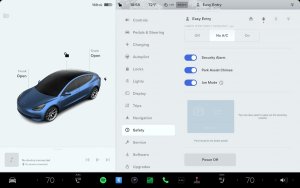Tesla’s Missing Voice: Why a PR Team Matters More Than Ever [Opinion]

Back in October 2020, Tesla made waves by dissolving its public relations team—an unprecedented move in the automotive industry. Until then, Tesla’s PR department handled media inquiries and influencer outreach directly, building one-on-one relationships with journalists.
That kind of engagement helped shape the narrative, even as Tesla faced a steady stream of negative press. Remember all the “Tesla Killer” headlines? Or the negative stories about Autopilot, EV fires, and other exaggerated claims?
Nearly five years have passed since Tesla PR went the way of the dodo. But is it time to bring them back?
I believe it may be—both as a Tesla-focused journalist and as a longtime follower and customer. As a communications professional, I also bring an understanding of how organizations should communicate with their key stakeholders. For Tesla, that means customers, investors, and partners.
Social Media Isn’t Enough
Tesla primarily communicates through X, often via the personal accounts of its executives. While the company is quick to respond to viral news articles or social media posts it deems inaccurate, this reactive strategy isn’t very effective. It allows misleading information to linger in the public sphere for days, weeks, or even months without correction. To this day, many people still believe Tesla vehicles spontaneously catch fire—a myth that persists largely because Tesla hasn’t made a concerted effort to refute it through official channels.
Relying on social media to combat incorrect information lacks the weight and permanence of a formal press release or official statement. Making matters worse, the overwhelming volume of posts—especially Elon Musk’s 700+ tweets per week—buries key responses, making it unlikely that even the most dedicated followers will see them, let alone the general public.
Expecting Tesla’s leadership, including Elon, to constantly monitor and correct media narratives is not only unrealistic, but also a poor use of executive time. Their focus should be on steering the company, not playing an endless game of digital whack-a-mole. This kind of reactive communication is exactly why a dedicated public relations team is essential—something nearly every major company already understands.
Without a formal PR department, Tesla lacks the infrastructure to request corrections or retractions through proper journalistic channels. Take a recent example: a Tesla executive publicly disputed a false headline, yet the article remains live—with nothing more than a small note saying “Tesla has refuted this.” A tweet may challenge a story, but it doesn’t carry the authority or procedural heft of an official PR statement. As a result, the incorrect information stays alive and continues to shape public perception.
To make matters worse, the majority of people who engage with Tesla’s social media accounts—or with Elon directly—are already supporters or owners. This creates an echo chamber, where rebuttals and clarifications reach only those who already believe in the company, while the broader public and traditional media remain largely untouched.
Communicate with Customers
Tesla’s reliance on social media for communication feels aligned with its future-focused image—but that reliance is also one of its biggest shortcomings. Sharing key updates about product development, software rollouts, or policy changes almost exclusively through X means that crucial information often fails to reach the wider customer base.
Case in point: I recently came across a post in a large Tesla Facebook group where a user was confused about major changes to Full Self-Driving. They hadn’t used it in months, didn’t know V13 had been released, and were completely unfamiliar with the new settings. Their last experience was with V11, and all they wanted was to use FSD for an upcoming road trip.
Information like this—about feature updates, major changes, or even safety-related notices—should be distributed through more direct and dependable channels. For example, do you know how to check if your Tesla has an active recall? Most people don’t. It’s not available in the app or on the vehicle interface; you have to visit a specific page on Tesla’s website. That’s a clear communications gap.
A dedicated PR team could help fix this, establishing a more coordinated and accessible flow of information that doesn’t rely solely on social media. It would also improve the customer experience by making key updates easier to find and understand.
Then there’s the issue of customer feedback. While Tesla executives do receive input via X, that’s not a scalable or representative feedback loop. It leans on the same echo chamber that’s often hesitant to criticize publicly.
Despite Tesla collecting enormous amounts of vehicle telemetry and even voice feedback from FSD users, there’s no clear, public-facing way for customers to offer feedback directly. A good example: the backlash over the deactivation of the 12V sockets in the rear of the Model Y and Model X. It prevented many owners from powering sub-trunk fridges on road trips. Tesla will eventually re-enable the feature via a software update, but never acknowledged the issue, the complaints, or the fix.
Influencers
Tesla’s relationship with the influencer community is also beginning to shift. Historically, the company offered early access to Full Self-Driving features to select influencers, giving them the opportunity to showcase new capabilities before the broader public. But that approach seems to be evolving—early access now appears to be part of a larger, more public rollout strategy. As a result, Tesla-focused content creators, who have delivered significant value to the community, are no longer receiving the same level of support.
This shift is especially evident in the current referral program, which is now capped at 10 referrals. Many of the top influencers across X, YouTube, TikTok, and other platforms maxed out back in January. Under the new rules, they’re also unable to share someone else’s referral code—limiting the reach and impact of their promotion.
While Tesla still occasionally invites major YouTubers to help promote flagship vehicle launches or participate in high-profile interviews, these moments are few and far between. There’s a noticeable absence of a consistent, structured engagement strategy with content creators—a missed opportunity, especially for a company that famously doesn’t spend on traditional advertising.
Public-Facing View
In recent months, Tesla’s brand reputation has come under additional pressure. Much of this stems from the increasingly blurred lines between the company and Elon Musk’s high-profile, and often controversial, political and social commentary—including his public involvement with the current U.S. administration.
Without a dedicated corporate communications team, Tesla lacks a clear, authoritative voice to distinguish the company’s mission, values, and actions from Elon’s personal views. A skilled PR team could play a critical role in defining that line—crafting strategic messaging, issuing official statements that reflect corporate values, and managing the brand independently, while still allowing Elon to remain the public face of the company.
This gap becomes especially evident in moments of public criticism or protest. Tesla’s typical response—a reactive post on X—often falls short in both tone and reach, particularly when addressing complex or sensitive issues. A formal PR function would give Tesla the tools to engage more thoughtfully, issue timely and appropriate responses, and better protect a brand image that increasingly feels unstable.
Concluding Note
Almost five years have passed since Tesla dissolved its dedicated PR team and instead relied on the direct and often unfiltered communication from its executive suite through X. While it is undeniably disruptive and fitting to Tesla’s image, the limitations to this approach are becoming increasingly apparent.
From the struggle to formally correct persistent misinformation to the failure to ensure updates and changes reliably reach its entire customer base, to the underutilized potential of Tesla’s amazing influencer crowd, and the growing challenges of navigating a growingly negative public perception, reinstating a professional PR function wouldn’t be a step backwards.
Instead, it would provide the necessary structure for consistent messaging and proactive reputation management and allow Tesla’s leadership to focus on what they do best - electrifying the world, not responding to posts on social media.
In today’s environment, it’s pretty clear — it’s time for Tesla to bring back PR.











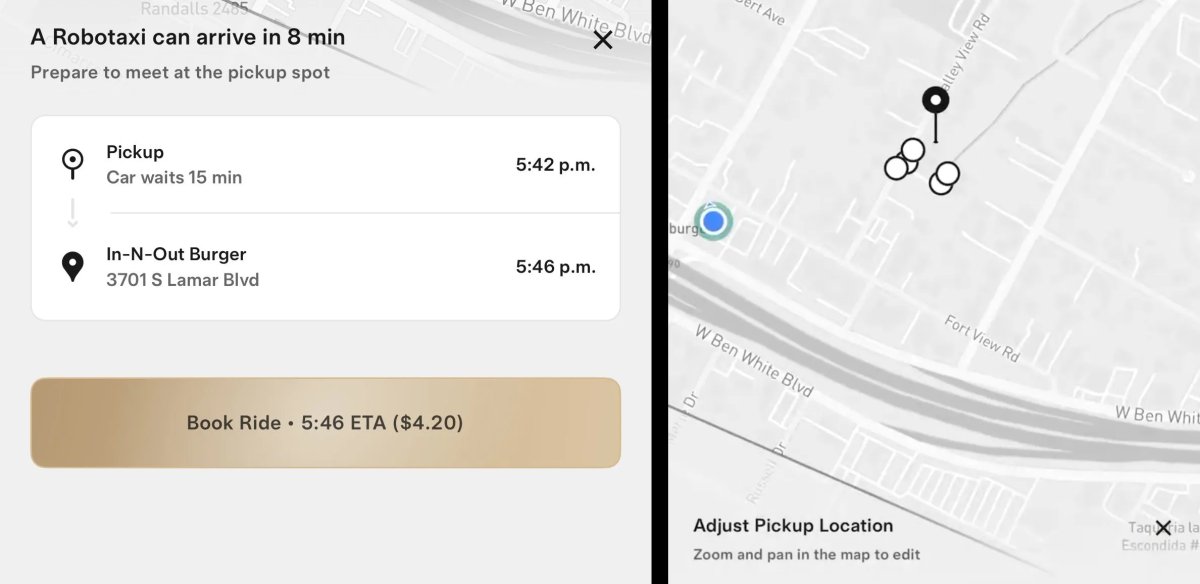
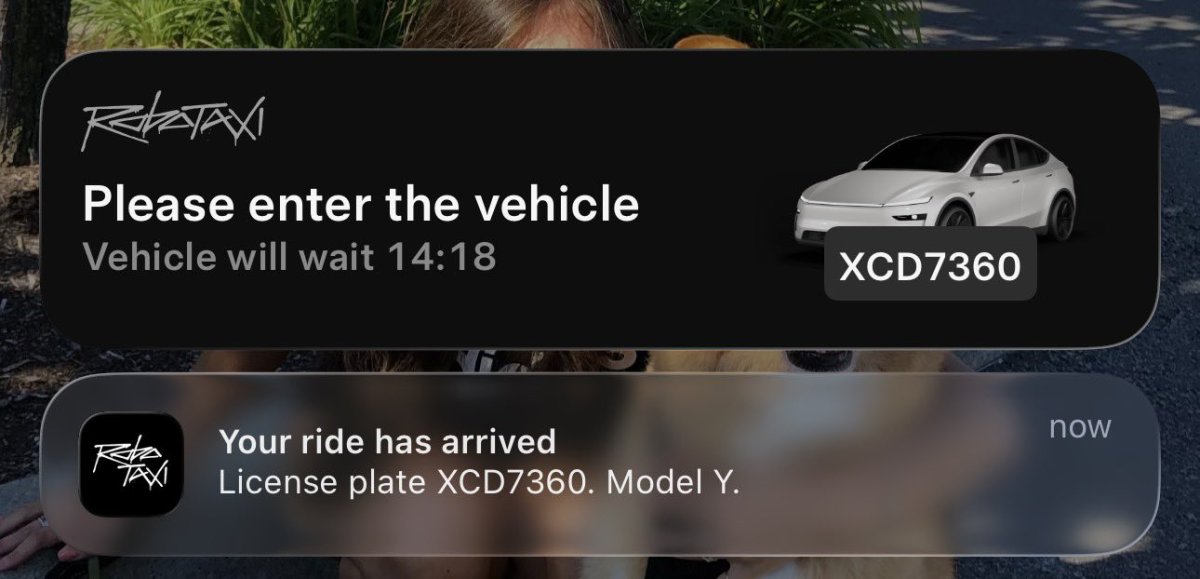
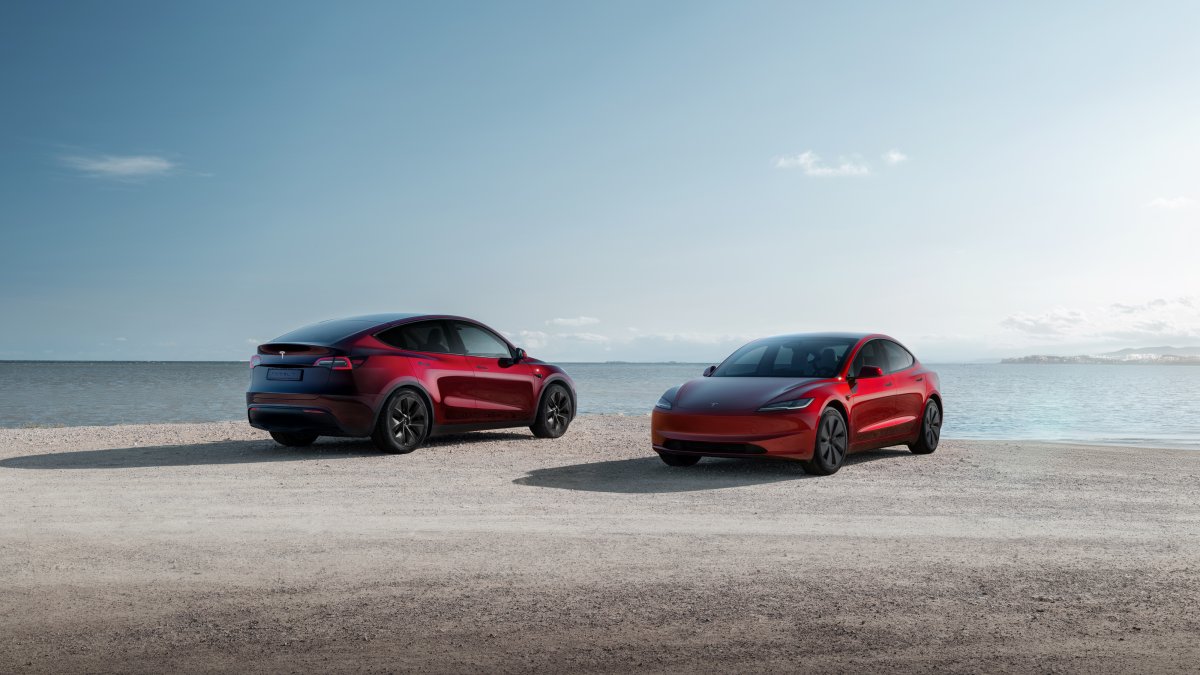
![Tesla Updates Robotaxi App: Adds Adjustable Pick Up Locations, Shows Wait Time and More [VIDEO]](https://www.notateslaapp.com/img/containers/article_images/tesla-app/robotaxi-app/25-7-0/robotaxi-app-25.7.0.webp/4ac9ed40be870cfcf6e851fce21c43b9/robotaxi-app-25.7.0.jpg)

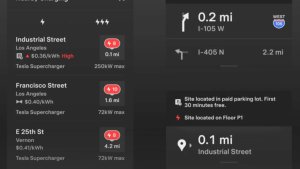
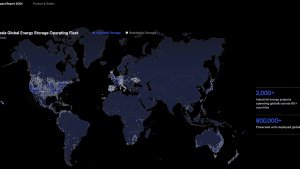
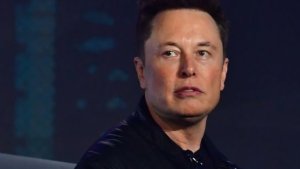
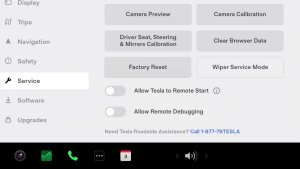
_300w.png)
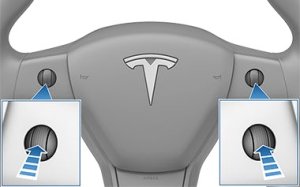
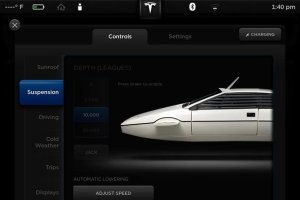
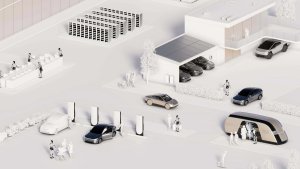
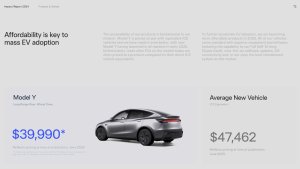
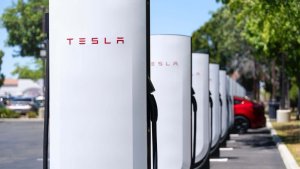
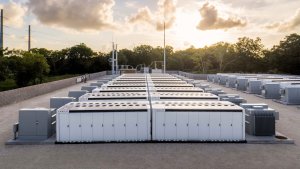

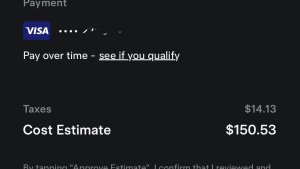
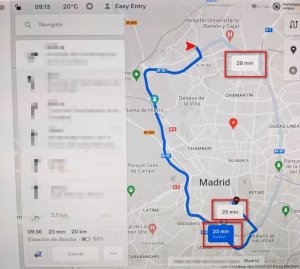
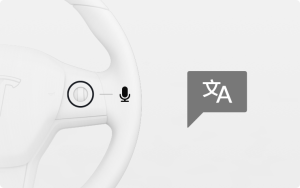
![Elon talks about Twitter and job cuts at Bloomberg forum [video]](https://www.notateslaapp.com/images/news/2022/elon-musk-qatar-forum_300w.jpg)
